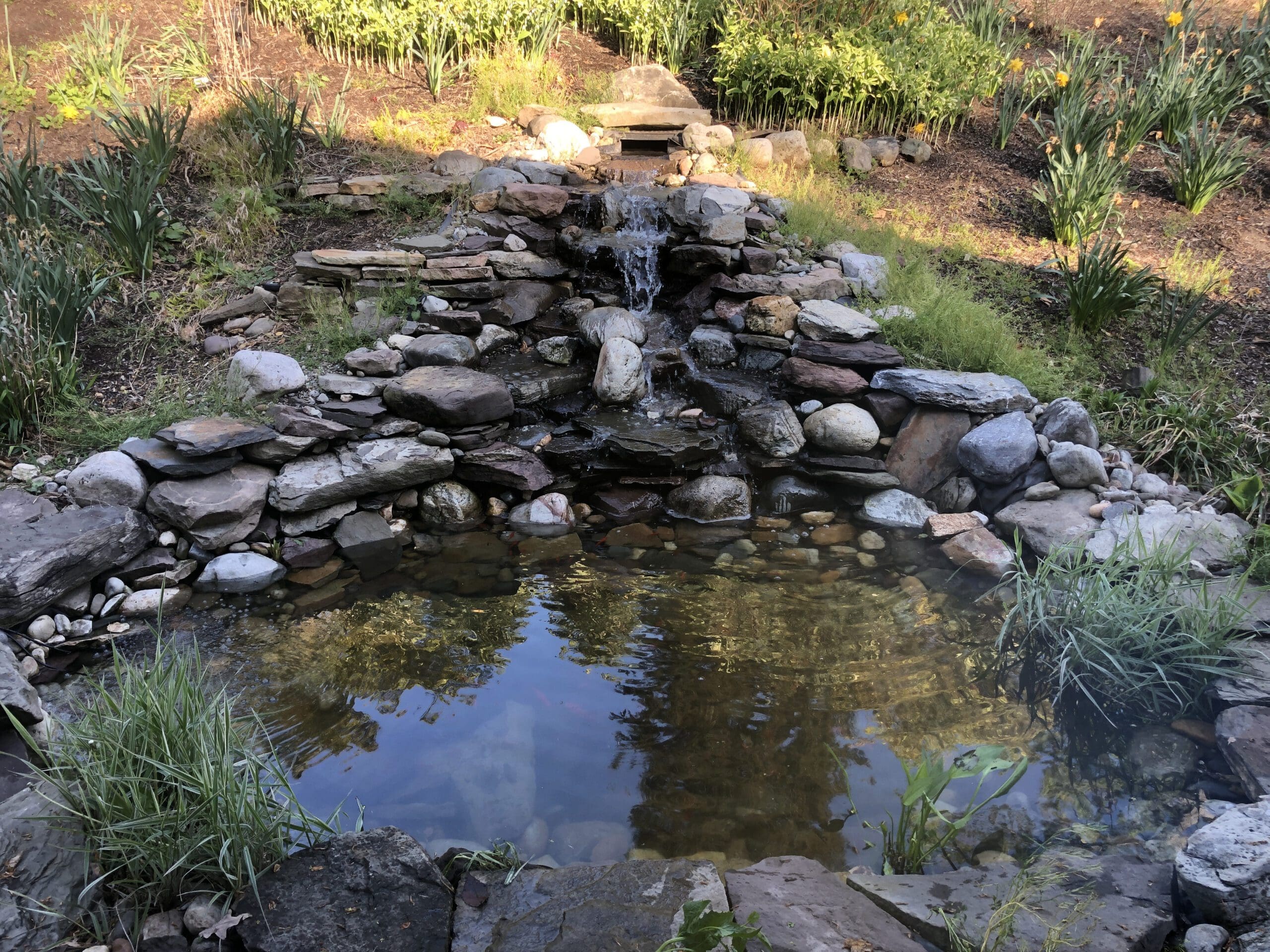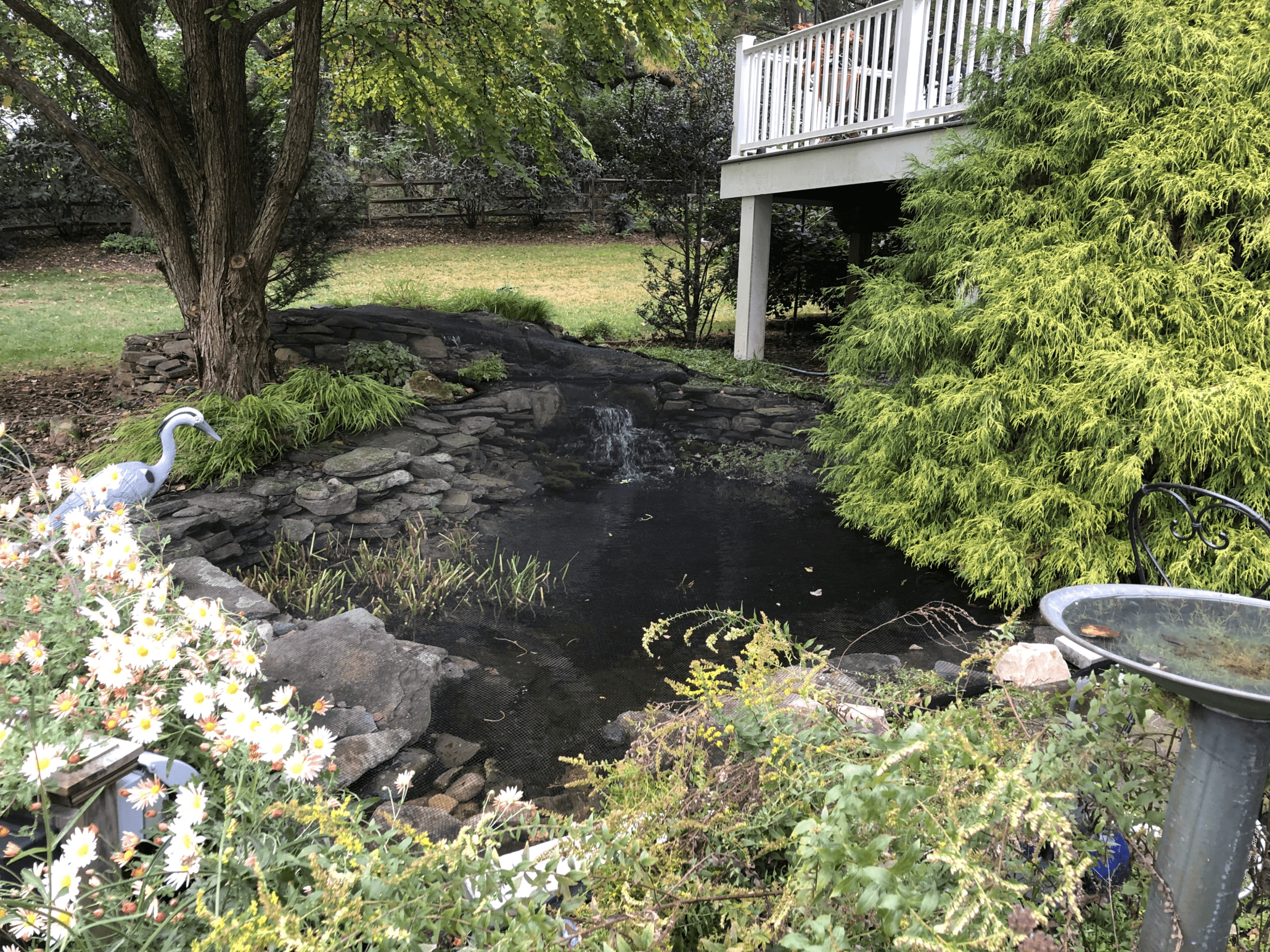Feeding Your Koi Through Philadelphia’s Winter and Spring
Keeping your beloved Koi happy and healthy throughout the year requires adjusting their care to the changing seasons. Winter in Philadelphia brings colder temperatures and slower metabolisms for your fish, impacting their feeding needs. Here’s a guide to navigate feeding your Koi through winter and into the vibrant spring:
Wintertime: When Food Becomes Fuel
- Understanding the Slowdown: Koi are cold-blooded, and as Philadelphia’s water dips below 50°F (around November), their metabolism slows significantly. They enter a state of torpor, similar to hibernation, where they stop needing food.
- Living on Reserves: During warmer months, Koi build up fat reserves to use as energy during winter. These reserves sustain them without needing additional food when the water becomes chilly.
- Resisting the Urge: It might be tempting to continue feeding your Koi throughout winter, but resist! Overfeeding in cold water can lead to digestive problems and harm their health.
Spring’s Arrival: Time to Wake Up and Eat
- Warming Up to Food: As Philadelphia’s spring sunshine warms the water above 50°F (typically around March/April), your Koi gradually emerge from torpor. This signals the return of feeding time!
- Digestive Reboot: Don’t jump straight back to their regular diet. Start with small portions of easily digestible, wheat-germ based food. This gentle approach helps their digestive system reactivate after its winter slumber.
- Monitoring Their Appetite: Observe your Koi closely during this initial feeding. If they show enthusiastic interest and eat readily, you can gradually increase the amount and frequency of feedings. However, if they seem sluggish or disinterested, hold back and offer smaller portions later.
Key Takeaways for Happy Koi:
- Winter is for Rest, Not Feasting: Remember, Koi don’t need food when the water is below 50°F. Let them utilize their stored reserves and avoid overfeeding.
- Gentle Start to Spring: Ease your Koi back into their regular diet with easily digestible food in small portions.
- Listen to Your Fish: Pay attention to their response to feeding. Adjust portion sizes and frequency based on their individual needs and activity level.
By following these guidelines, you can ensure your Koi transition smoothly through winter and enjoy a healthy, happy spring filled with delicious meals!
Additional Tips:
- For specific recommendations on food types and portion sizes, consult your local pond specialist or a veterinarian specializing in aquatic animals.
- Regularly monitor your water quality throughout the year, including during winter, to ensure optimal health for your Koi.
- Consider offering a small amount of food every other day instead of daily feedings during early spring, gradually increasing frequency as water temperatures rise further.






